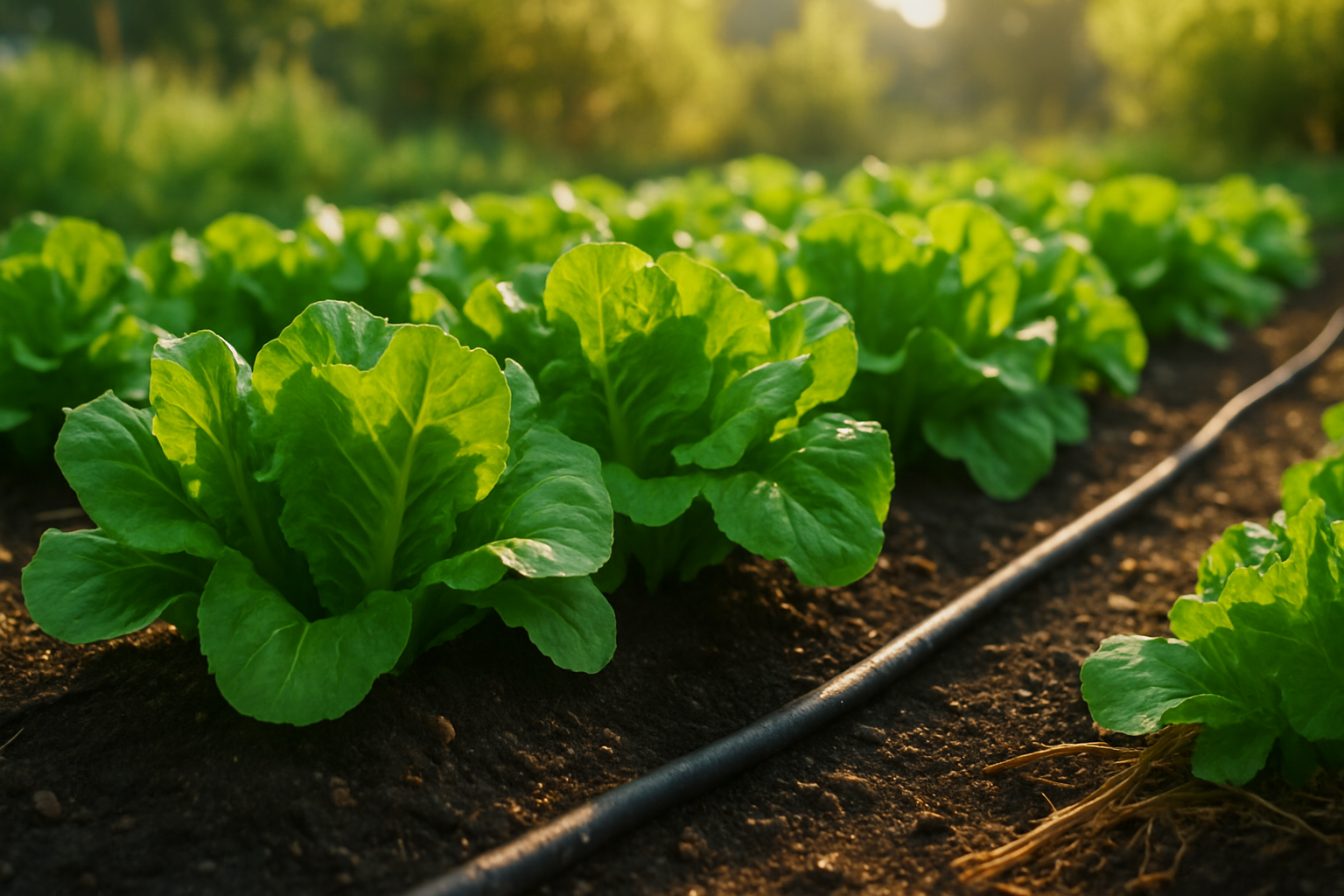Why Watering Matters for Healthy Lettuce
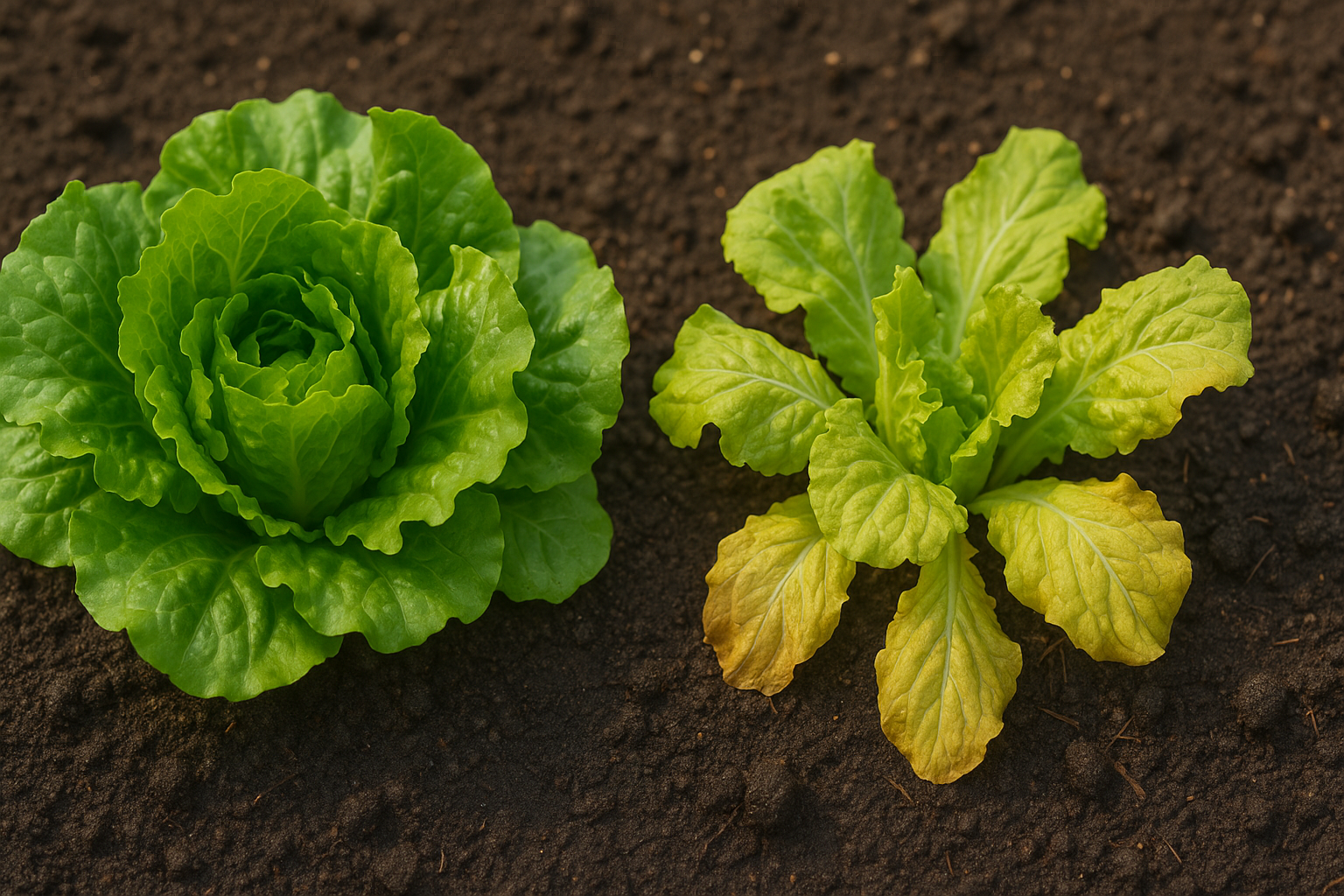
Proper watering is crucial for growing healthy lettuce, as it directly impacts root development, leaf quality, and the speed of your plants’ growth. When lettuce doesn’t get enough water, its roots remain shallow and struggle to absorb nutrients, resulting in stunted growth and leaves that are thin, bitter, and prone to wilting—especially in warm weather.
On the other hand, overwatering creates soggy soil that suffocates roots and encourages problems like root rot and fungal diseases, causing yellowed leaves and weak, limp plants. Lettuce thrives when the soil stays evenly moist but never waterlogged.
You can check soil moisture by sticking your finger about an inch into the soil—if it feels dry, it’s time to water. Early morning is the best time to water because it allows leaves to dry before cooler evening temperatures set in.
Using drip irrigation systems or watering at the base of the plants helps keep moisture consistent and prevents soil from splashing onto leaves, which can spread disease.
When you hit the watering sweet spot, your lettuce rewards you with crisp, sweet-tasting leaves and a harvest that’s both more abundant and visually appealing. Well-hydrated lettuce offers better texture and flavor, making your salads fresher and more enjoyable.
How Much Water Does Lettuce Need?
Lettuce thrives when its soil is kept consistently moist but not soggy, making regular watering essential for lush, crisp leaves. Generally, lettuce requires about 1 to 1.5 inches of water per week, whether from rainfall or supplemental watering.
Because lettuce has shallow roots—mostly within the top 6 inches of soil—it’s important to water frequently with light, gentle applications rather than deep soakings. In outdoor gardens, check the soil daily during hot or dry weather, as surface soils can dry out quickly, risking wilted or bitter leaves.
Signs that your lettuce is well-hydrated include perky, vibrant foliage and soil that feels moist (not muddy) to the touch between your fingers. Growing lettuce in containers requires closer attention since pots dry out faster than ground beds; container-grown lettuce may need watering once a day, especially indoors or on sunny patios.
Sunny, exposed locations increase water needs, so adjust accordingly if your lettuce is in full sun. However, avoid standing water to prevent root rot. Mulching with a thin layer of straw or compost helps conserve moisture and slow evaporation, which is helpful both in raised beds and pots.
Always avoid letting lettuce wilt; consistent, light watering produces the best-tasting greens.
Best Practices for Watering Lettuce
Watering lettuce the right way can make all the difference in growing crisp, healthy leaves. Aim to water your lettuce early in the morning when temperatures are cool—this lets foliage dry before nightfall and helps prevent fungal diseases. If mornings don’t work, evening watering is also fine, but avoid soaking the leaves to reduce the risk of mildew.
Drip irrigation systems are ideal because they deliver water directly to the soil, minimizing waste and keeping the foliage dry. If you’re hand-watering, use a gentle watering can or a soft spray nozzle to avoid disturbing the delicate roots and young plants.
Before you reach for the hose, always check the soil moisture by poking your finger about an inch into the earth; if it feels dry, it’s time to water. Lettuce prefers evenly moist soil, so aim to keep the soil consistently damp but not soggy. Standing water or waterlogged soil can stunt growth and encourage root rot.
Mulching around your plants can help retain moisture and regulate soil temperature, especially on hot days. By staying attentive to soil conditions and choosing the right watering methods, you’ll encourage robust lettuce growth and tender, tasty leaves all season long.
Recognizing Signs of Overwatering and Underwatering
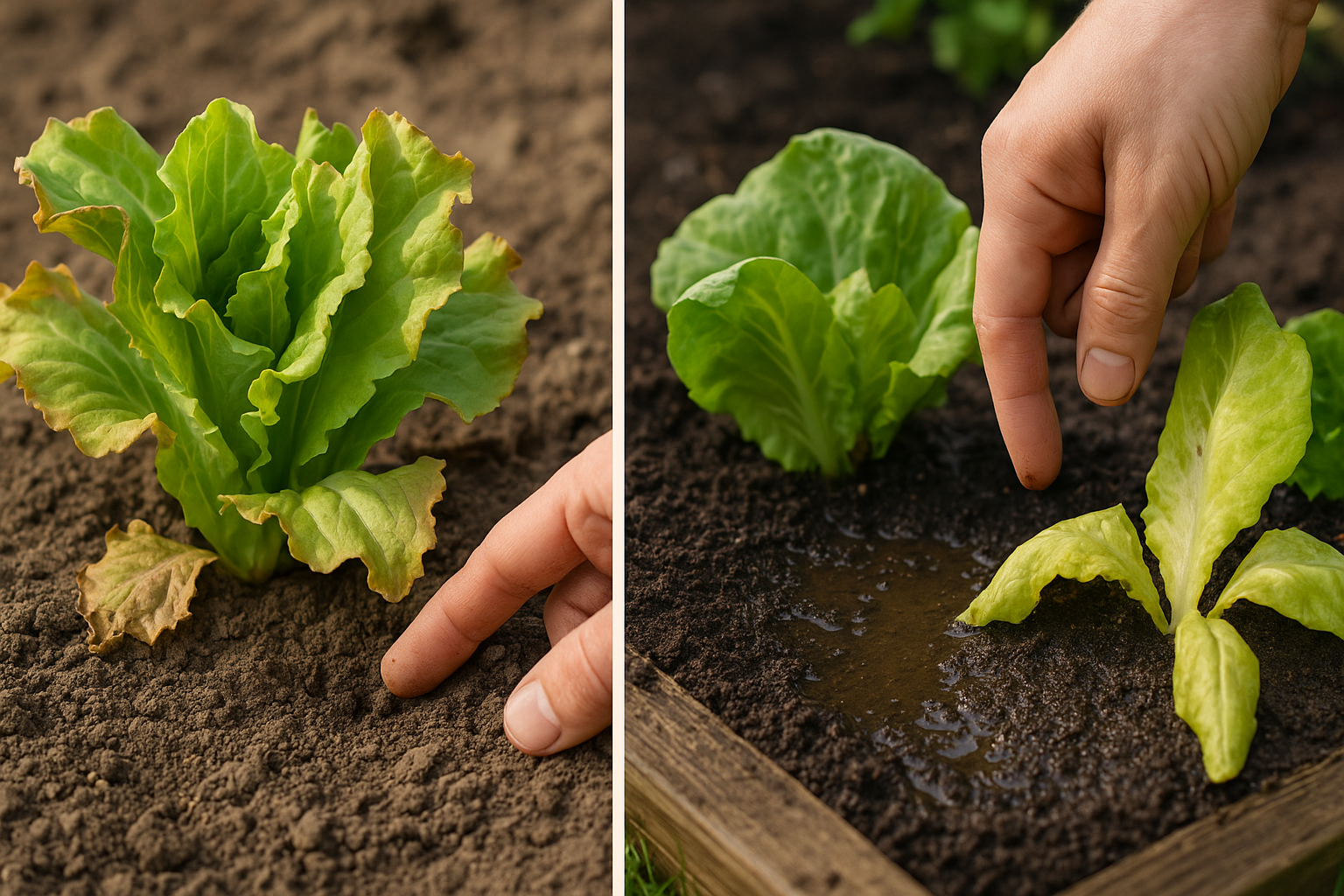
Spotting whether your lettuce is underwatered or overwatered can make all the difference in saving your crop. Underwatered lettuce usually shows obvious distress: leaves wilt and droop, especially during the hottest part of the day. You’ll notice the edges of the leaves becoming dry or crispy, and the plant’s growth slows down or stalls entirely. Sometimes, the whole head looks sad and limp.
On the other hand, overwatered lettuce presents a different set of problems. If you see yellowing leaves, especially those nearest the soil, or if the leaves feel soft and mushy to the touch, you’re likely dealing with too much moisture. Over time, roots may start to rot, and you might notice a foul smell or even blackened roots if you examine the soil closely.
To fix underwatering, water your lettuce thoroughly—making sure the soil is moist but not soggy—and try to water consistently going forward. For overwatering, ease up on your watering routine, let the soil dry out before watering again, and improve drainage by mixing in compost or perlite. In both cases, regularly check the soil by sticking your finger in up to the first knuckle; if it feels dry, it’s time to water, but if it’s still moist, hold off.
Adjusting Your Watering Routine for Weather and Growth Stage
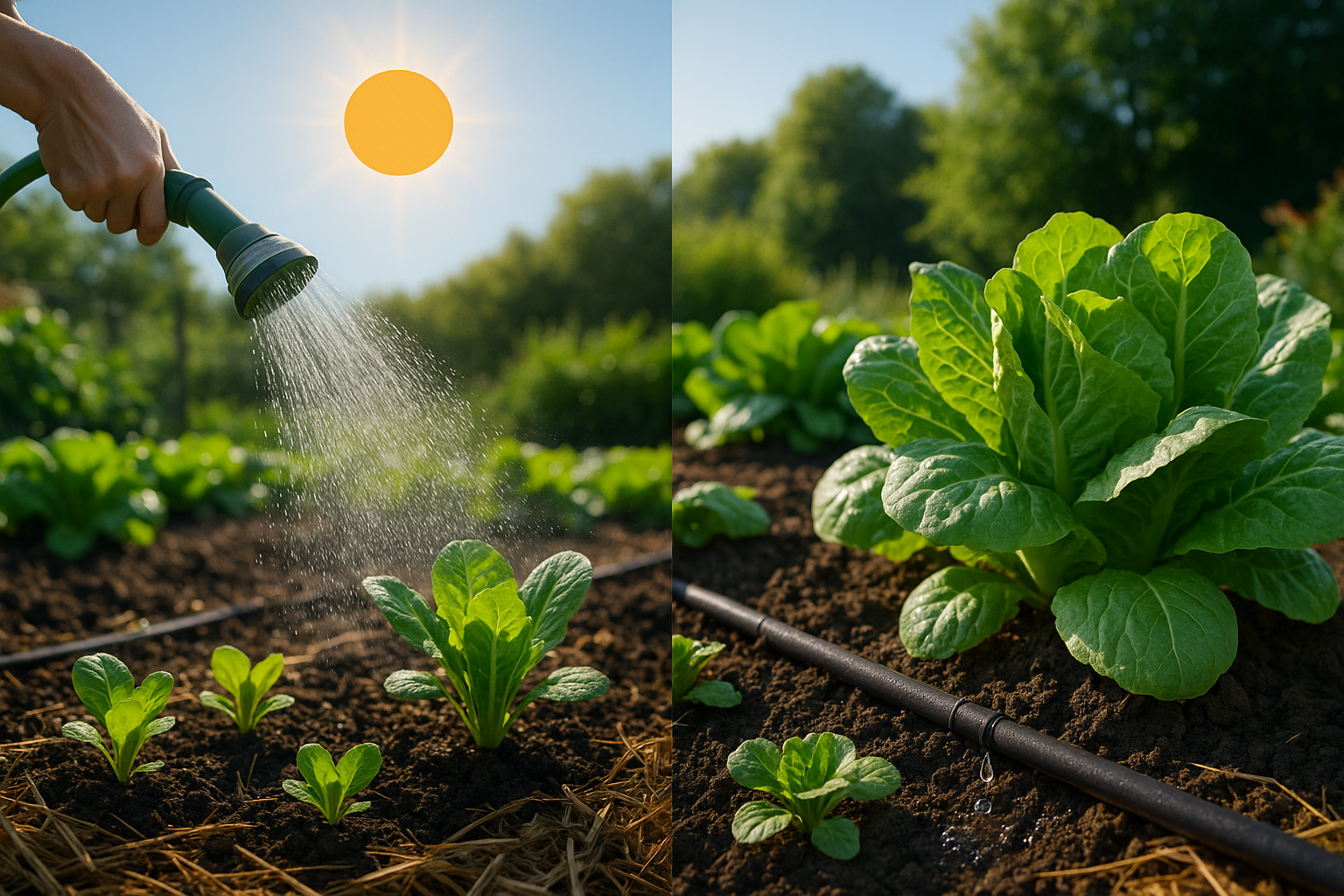
Adapting your watering routine is key to keeping plants healthy, as changes in weather can dramatically affect their water needs. On hot, sunny days, higher temperatures and lower humidity increase evaporation, causing soil to dry out faster—so you’ll likely need to water more often. Conversely, after heavy rainfall or during high humidity, the soil retains moisture longer, meaning plants require much less watering; always check soil moisture before reaching for the hose.
It’s also important to tailor your approach by growth stage. Seedlings, with their shallow roots, need frequent but lighter waterings to keep the topsoil consistently damp, encouraging root development without drowning delicate shoots. Mature plants, however, do better with deep, less frequent watering that promotes strong, deep root growth—helping them withstand dry spells.
In scorching summer heat, water early in the morning or late afternoon to minimize evaporation, focusing on the plant’s roots rather than the leaves. During the rainy season, it’s crucial to monitor drainage and avoid overwatering, which can lead to root rot. Remember, overwatering is just as harmful as underwatering; adjust your routine based on both weather patterns and your plants’ growth stages for the best results.
Preventing Water-Related Lettuce Problems
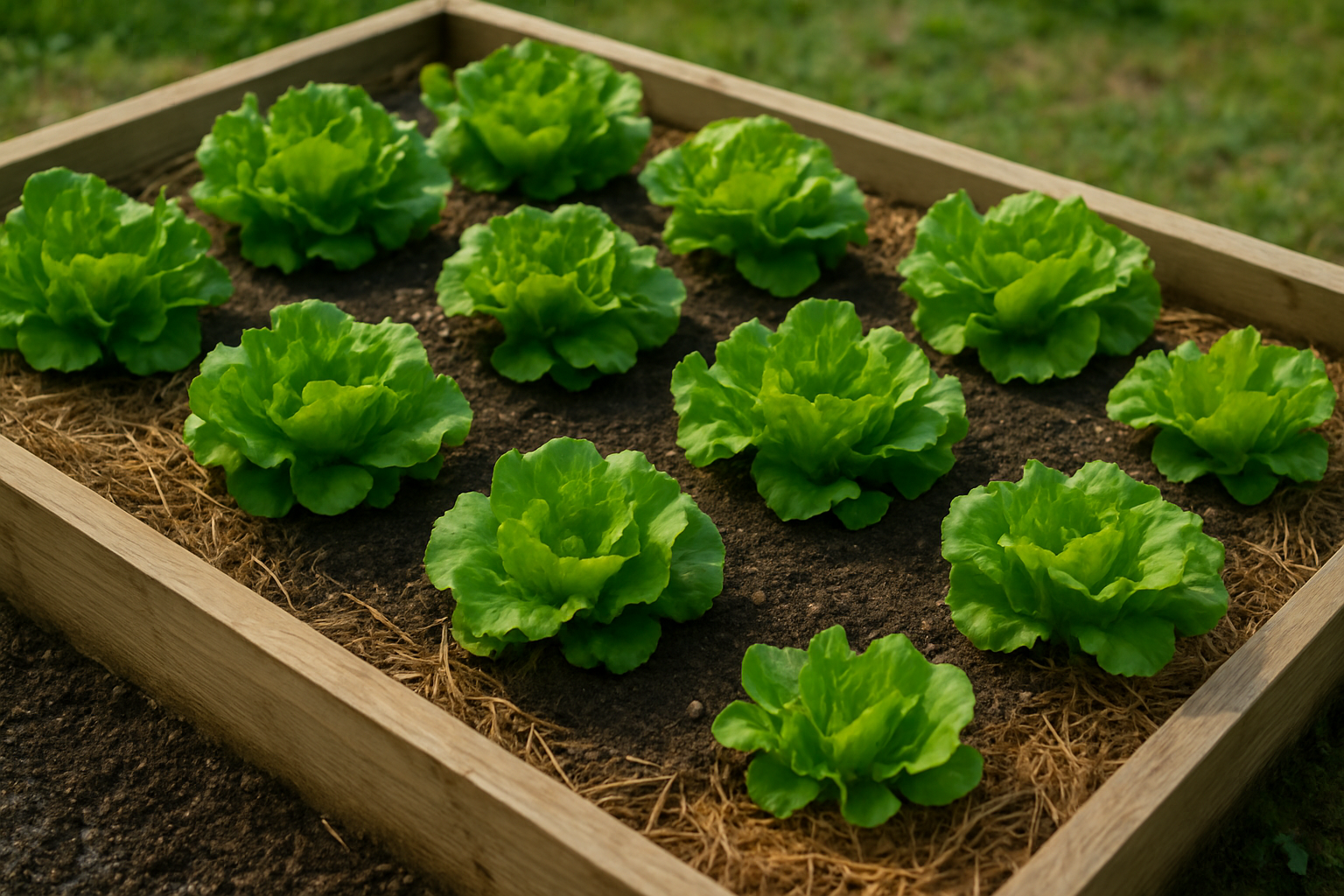
Preventing water-related problems in lettuce starts with careful watering and thoughtful garden planning. Overwatering or poorly drained soil can create a breeding ground for rot, mildew, and fungal diseases, so always check the soil moisture with your finger before adding more water.
Good drainage is critical—if your garden soil is heavy or stays soggy after rain, consider using raised beds or mounding rows so excess water can escape. Lettuce plants also need room to breathe; overcrowding traps humidity around the leaves, making mildew and disease more likely. Space your lettuce according to seed packet directions, and thin seedlings as they grow to improve air circulation.
For soil that tends to stay wet or compact, mix in compost or sand to loosen it up and help roots get the oxygen they need. Mulching with straw or shredded leaves helps keep moisture levels steady and reduces soil splash that can spread disease. In hot, dry periods, mulch also prevents the soil from drying out too quickly, so your lettuce stays crisp without becoming stressed.
By combining these simple practices—good drainage, smart spacing, soil improvement, and the right use of mulch—you’ll keep your lettuce beds healthy and reduce the risk of water-related issues.
Frequently Asked Questions About Watering Lettuce
Watering lettuce can sometimes feel more like an art than a science, especially with so many factors involved. If you’re growing lettuce in containers, check the soil daily—containers dry out faster than garden beds. Insert your finger about an inch deep; if it feels dry, it’s time to water.
Using sprinklers can work well, but be mindful of the timing. Watering early in the day helps prevent disease since leaves dry off before nightfall.
To identify water stress in lettuce, watch for wilting, yellowing leaves, or leaves that seem thin and bitter—these are signs your plants need more consistent moisture. However, overwatering can cause root rot, so good drainage is key.
Since weather, soil type, and container size can greatly affect how much and how often your lettuce needs water, the best rule is to observe your plants and environment closely. Try different watering routines and keep notes on what helps your lettuce thrive.
Remember, every garden is unique—what works for one setup may not suit another, so don’t be afraid to experiment until you find what’s best for your greens.
